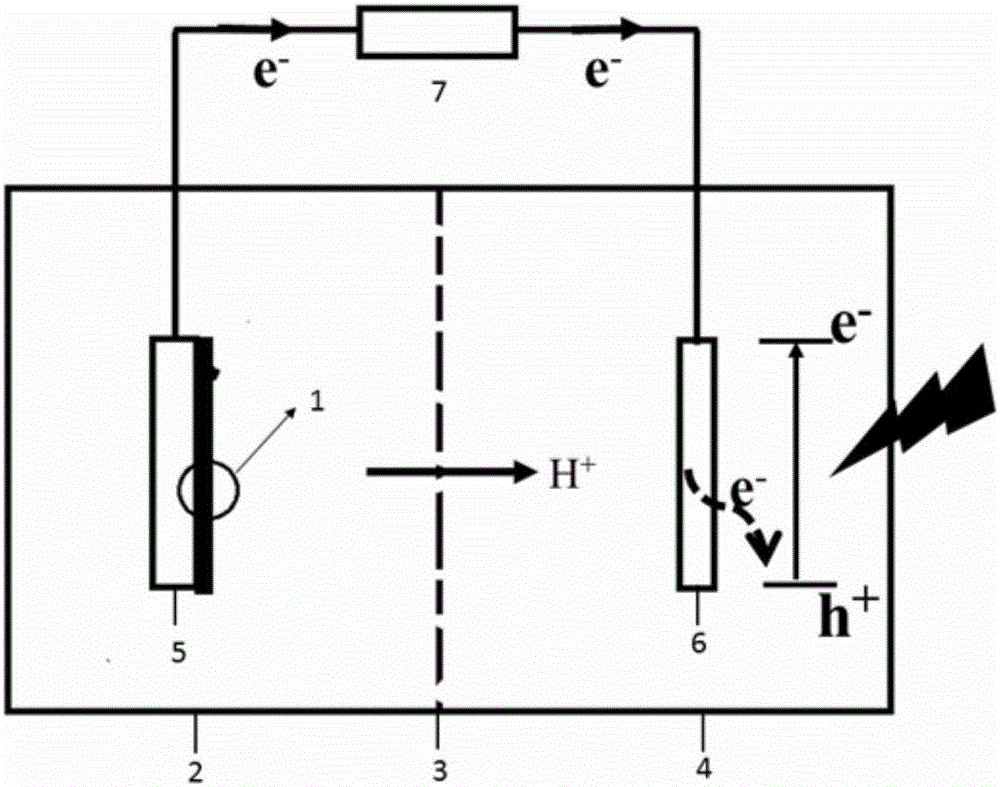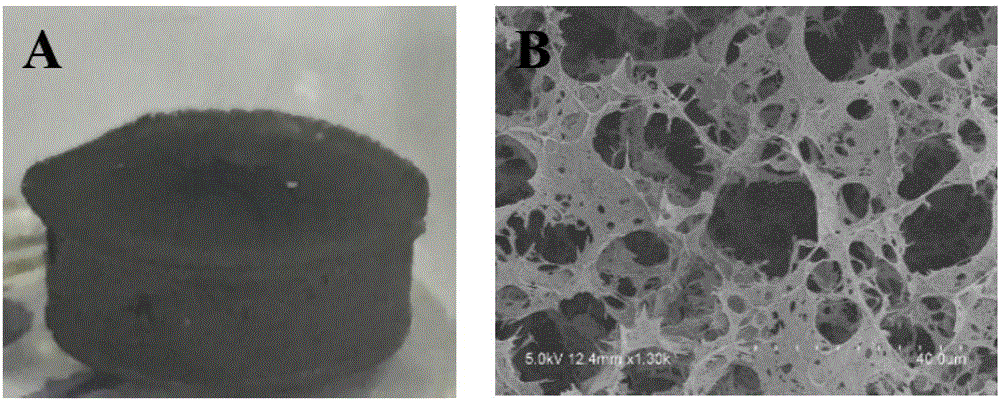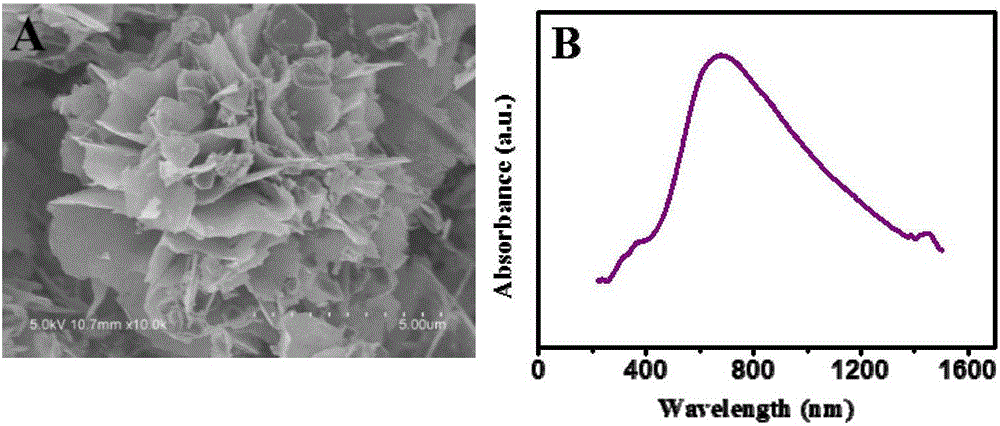Photo-assisted microorganism fuel battery
A technology of fuel cells and microorganisms, applied in biochemical fuel cells, battery electrodes, circuits, etc., can solve the problems that the output power density cannot meet the actual requirements, and achieve the effects of improving energy utilization efficiency, increasing energy output, and enhancing energy output
- Summary
- Abstract
- Description
- Claims
- Application Information
AI Technical Summary
Problems solved by technology
Method used
Image
Examples
Embodiment Construction
[0030] The present invention will be further elaborated below through specific embodiments in conjunction with the accompanying drawings.
[0031] Such as figure 1 As shown, the three-dimensional nitrogen-doped graphene anode of this embodiment assists in the construction of a new light-assisted microbial fuel cell system, including: microorganisms 1, anode chamber 2, proton exchange membrane 3, cathode chamber 4, and three-dimensional overall nitrogen-doped graphene anode 5 , visible light responsive photo-assist cathode 6, external circuit load 7. Wherein, the anode chamber 2 and the cathode chamber 4 are separated by a proton exchange membrane 3, and the three-dimensional integral nitrogen-doped graphene anode 5 and the photoassisted cathode 6 responding to visible light are respectively placed in the anode chamber 2 and the cathode chamber 3. An external circuit load 7 is connected in series between 5 and 6.
[0032] The construction method of the three-dimensional nitro...
PUM
 Login to View More
Login to View More Abstract
Description
Claims
Application Information
 Login to View More
Login to View More - R&D
- Intellectual Property
- Life Sciences
- Materials
- Tech Scout
- Unparalleled Data Quality
- Higher Quality Content
- 60% Fewer Hallucinations
Browse by: Latest US Patents, China's latest patents, Technical Efficacy Thesaurus, Application Domain, Technology Topic, Popular Technical Reports.
© 2025 PatSnap. All rights reserved.Legal|Privacy policy|Modern Slavery Act Transparency Statement|Sitemap|About US| Contact US: help@patsnap.com



